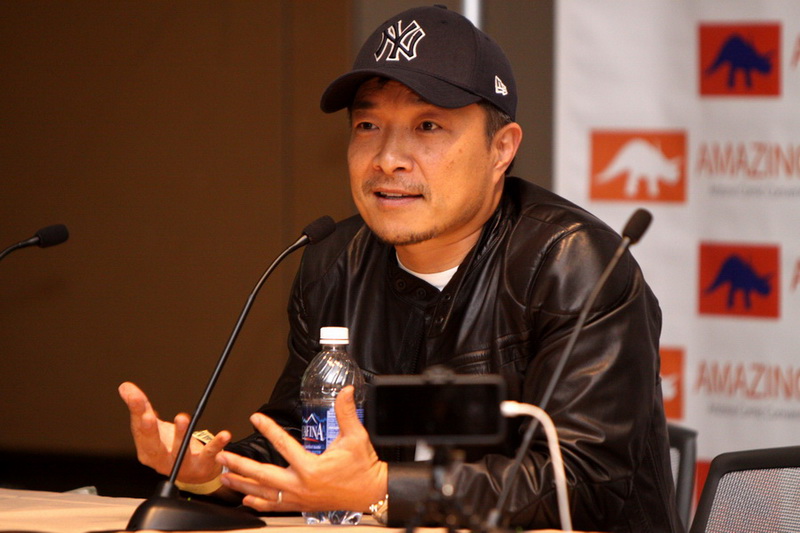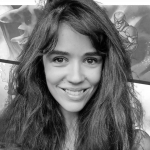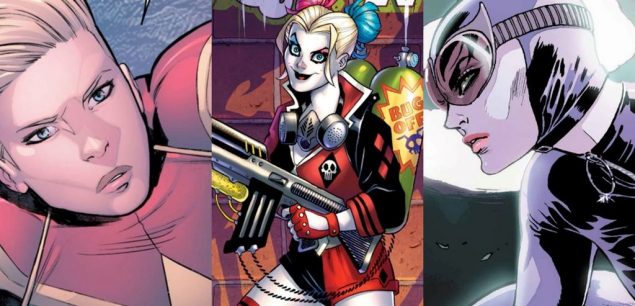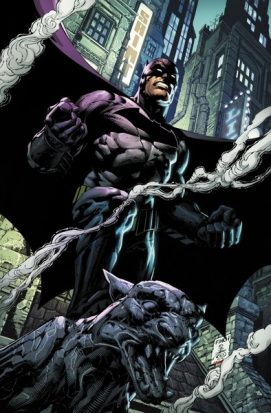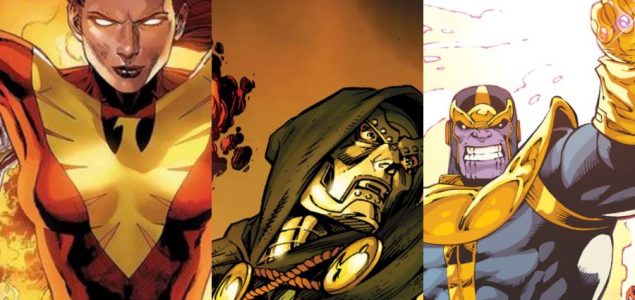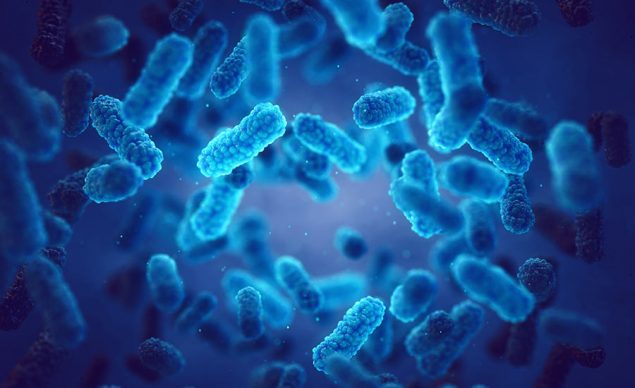Related Resources
Continuing our monthly series of artist profiles, this month we look at an artist and current co-publisher of DC comics: Jim Lee. Lee has worn many hats in his celebrated career—writer, publisher, even inker—but it’s as an artist he’s best known, especially for the sharply stylized and vividly rendered appeal of his superheroes.
Born in 1964 in Seoul, South Korea, Lee grew up in St. Louis, Missouri, and fell in love with comics early. When the time came to go to college, he intended to follow his father into medicine, studying psychology at Princeton. But his love of comics was re-ignited by a fine arts course. He also credits the release of the Frank Miller-written The Dark Knight Returns with inspiring him to try to become a comic illustrator.
There’s encouragement in Lee’s early career for artists starting out. Lee struggled at first, and his rejection letters from Marvel made for amazing reading. One letter called his figures stiff and unrealistic, and another said “Your work looks as if it were done by four different people”. He was told to “resubmit … when you have learned to draw hands.”
By sheer persistence, Lee found work with Marvel, filling in on the X-Men flagship, The Uncanny X-Men. His big break came when he was given the task of illustrating the new X-Men series, simply called X-Men. Issue #1, with its sleek, densely-muscled X-men in huge, dramatic poses, was only the top-selling comic book issue of all time.
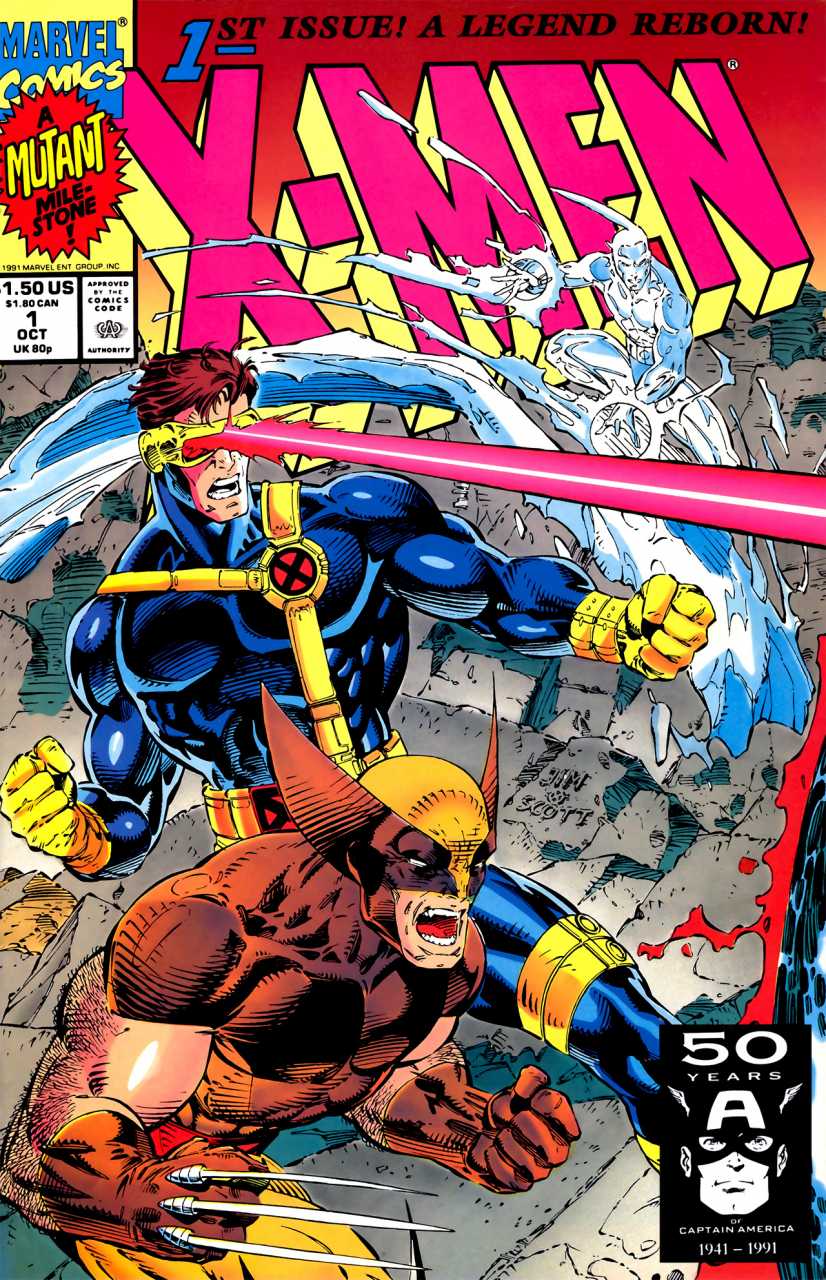
Marvel, X-Men #1, Oct 1992
In 1992 he founded his own comic book production company, WildStorm Productions. With several other illustrators, Lee founded Image Comics in 1992. Image gave ownership and control to comic creators, and combined a group of studios under the one imprint. WildStorm’s publications under the Image brand were very successful, especially WildC.A.T.s, which Lee illustrated.
Lee returned to Marvel in 1996 for successful reboots of Iron Man and the Fantastic Four. The next phase of Lee’s career began in 1998 Lee sold WildStorm to DC, and focused again on illustration. You might wonder what Lee had left to do in comics by then. The answer was Batman.
Lee’s visual rendering of Batman has become “one of the most memorable, if not the default visual interpretation” of the great character.” Lee once claimed Batman was the greatest character in fiction of all time. “There’s a primal element to the character,” he told Variety, saying Batman was a “normal man that’s pushed himself everywhere possible to become the best crime fighter ever. That’s very aspirational.”
While he’s widely revered, Lee has his critics. For some, he’s a representative of a flashy 90s style and places fanatical attention to detail over emotional depth. Legendary artist Barry Windsor-Smith (who worked with Lee on a crossover event for WildStorm in the 90s) once said “I don’t think it has even crossed [Lee’s mind] that comics can be a medium for intimate self-expression.” And his redesign of Wonder Woman’s costume was criticized and even called unpatriotic.
Last year Lee turned 50, and he shows no sign of slowing down—at San Diego Comic Con he celebrated with 50 for 50, an act of giving back where he made 50 drawings and gave them away secretly to fans, dropping them in people’s bags and slipping them under doors.
To look at some of our own comic artwork, check out the latest issue of Biowars.

